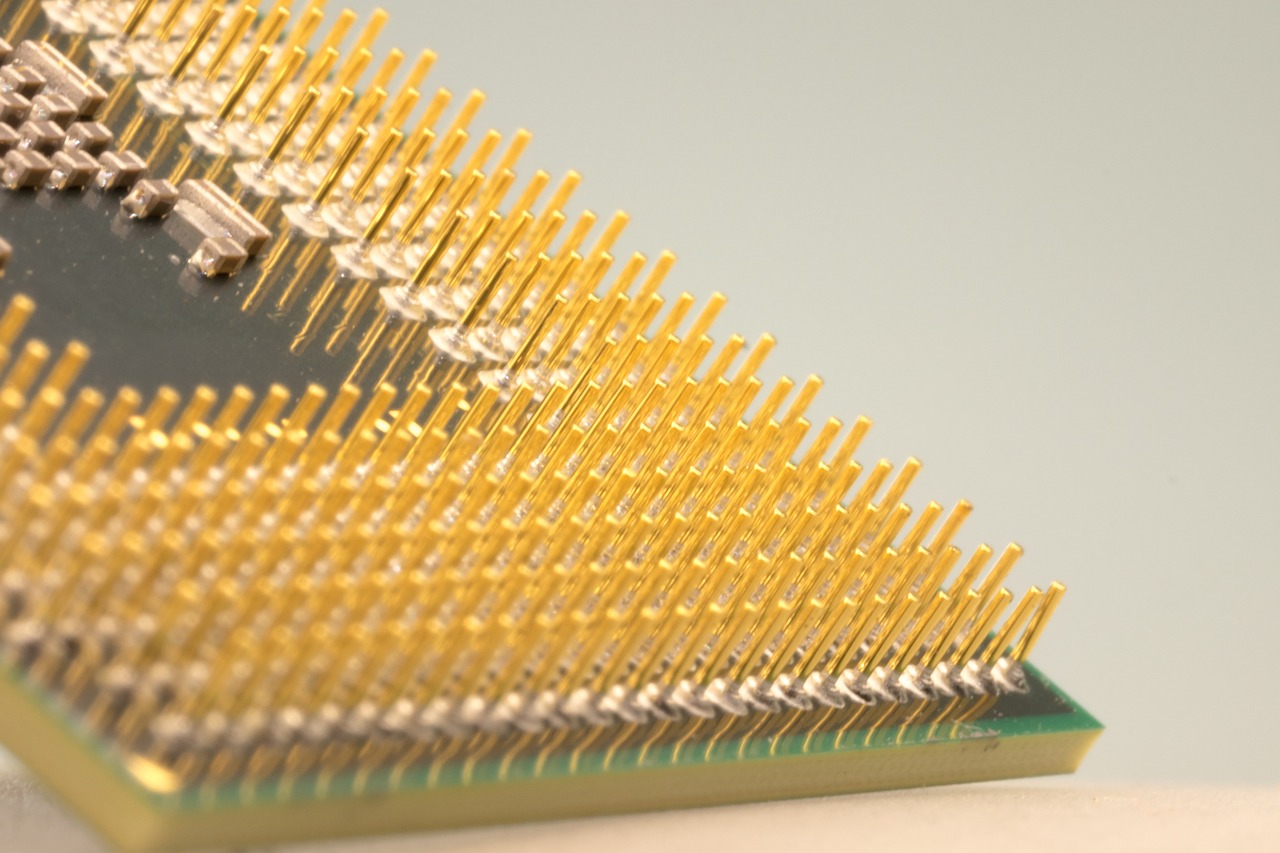In the realm of computing, the heart of any device lies in its central processing unit (CPU). Four major players dominate this landscape: AMD, Intel, Apple with its M-series chips, and ARM, each bringing its unique approach to processing power. Understanding the differences between these giants is crucial for consumers looking to make informed decisions when purchasing laptops, desktops, or mobile devices.
Most popular CPUs
- AMD: The Challenger
Advanced Micro Devices, or AMD, has emerged as a strong contender against Intel in recent years. AMD processors are known for offering high performance at a more affordable price point. The company has gained popularity with its Ryzen series, which includes processors for both desktop and laptop use. AMD’s architecture, known as Zen, has been well-received for its efficiency and competitive multi-core performance, making it a favorite among gamers and content creators.
- Intel: The Veteran Player
Intel has long been a dominant force in the CPU market. The company’s processors power a wide range of devices, from budget-friendly laptops to high-end workstations. Intel’s Core series is a household name, known for its reliability and broad compatibility. Intel CPUs often excel in single-threaded performance, making them well-suited for tasks that require high clock speeds. Intel’s manufacturing technology has historically been at the forefront, although recent years have seen increased competition from AMD.
- Apple M-Series: A Chip from Cupertino
Apple’s transition from Intel processors to its custom-designed M-series chips marked a significant shift in the industry. These ARM-based processors, built in-house by Apple, power devices such as MacBooks and iPads. The M1, M2, and subsequent iterations showcase Apple’s dedication to integrating hardware and software seamlessly. Apple’s approach prioritizes energy efficiency without compromising on performance, resulting in devices that deliver impressive battery life and speed. The M-series chips signify Apple’s pursuit of vertical integration for optimal control over its product ecosystem.
- ARM: The Architect of Efficiency
ARM, or Advanced RISC Machine, is not a chip manufacturer itself but a British semiconductor design company. ARM licenses its architecture to various manufacturers who then create their own chips. ARM-based chips are prevalent in mobile devices, including smartphones and tablets, due to their energy-efficient design. ARM processors excel in tasks that require low power consumption, making them ideal for portable devices. The architecture’s scalability allows for diverse implementations, from simple microcontrollers to high-performance servers.
- Architecture Differences
While AMD and Intel primarily use x86_64 architecture, Apple’s M-series chips are based on ARM architecture. The x86_64 architecture is widely used in desktop and laptop CPUs, ensuring compatibility with a vast array of software. On the other hand, ARM’s RISC (Reduced Instruction Set Computing) architecture is known for its energy efficiency and is prevalent in mobile and embedded systems.
Smmary
In the world of CPUs, choosing between AMD, Intel, Apple M, or ARM requires a careful consideration of your specific needs. AMD and Intel cater to a broad spectrum of devices, offering a balance between price and performance. Apple’s M-series, on the other hand, focuses on the integration of hardware and software in its proprietary ecosystem. ARM, as an architecture, powers a multitude of devices with a strong emphasis on energy efficiency.
Ultimately, the best choice depends on your usage scenarios, preferences, and the ecosystem you wish to be a part of. As technology continues to evolve, these giants will undoubtedly push the boundaries of processing power, offering consumers even more exciting choices in the future.
Differences Between SSD and NVMe Drives: Types and Advantages
In the realm of storage technology, Solid-State Drives (SSDs) have revolutionized data storage with …
10 Lesser-Known Facts About Quantum Computers
Quantum computers, with their promise of revolutionizing computation by harnessing the principles of…
Decoding Computer Brains: AMD, Intel, Apple M, and ARM Chips
In the realm of computing, the heart of any device lies in its central processing unit (CPU). Four m…


